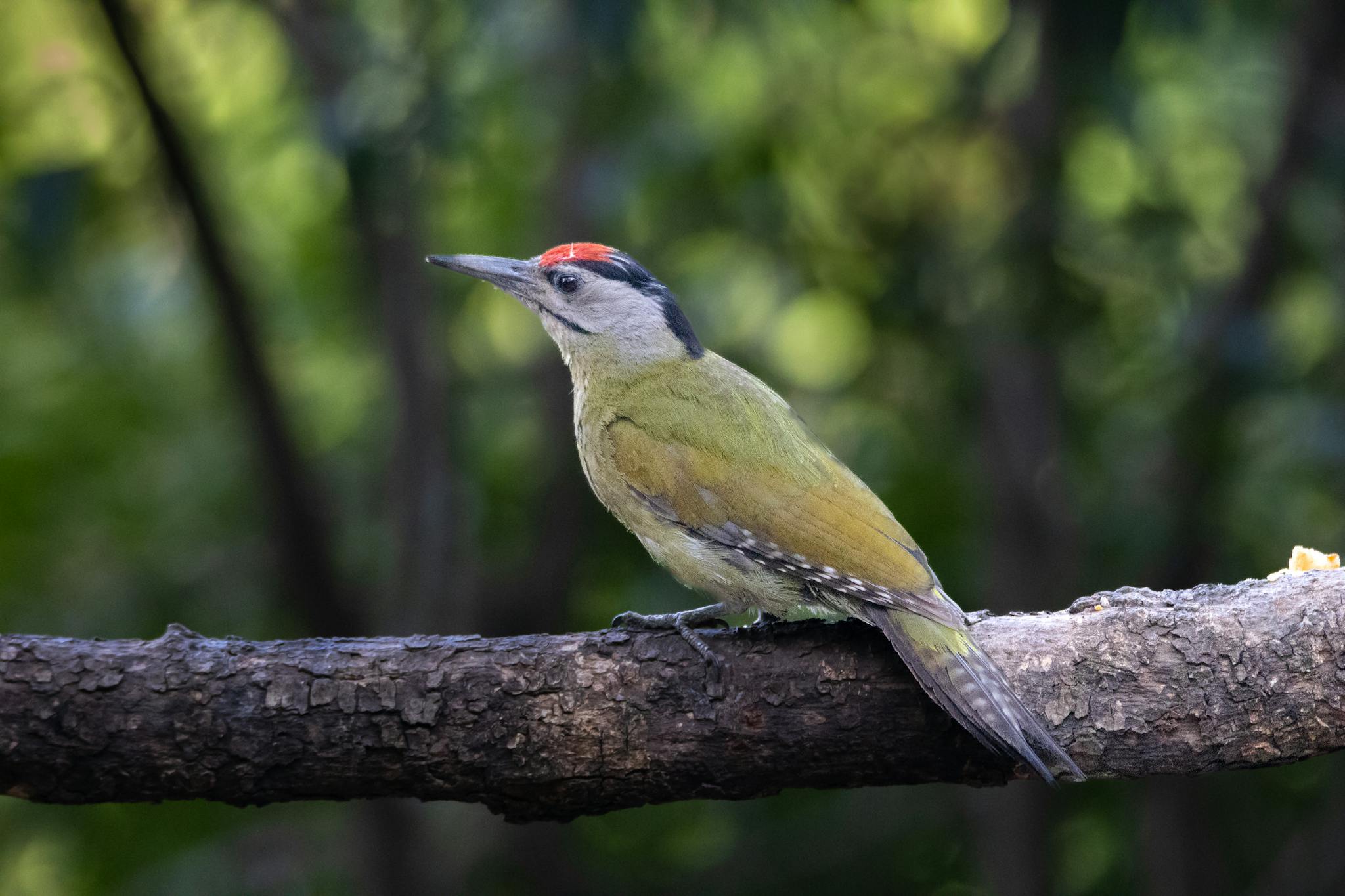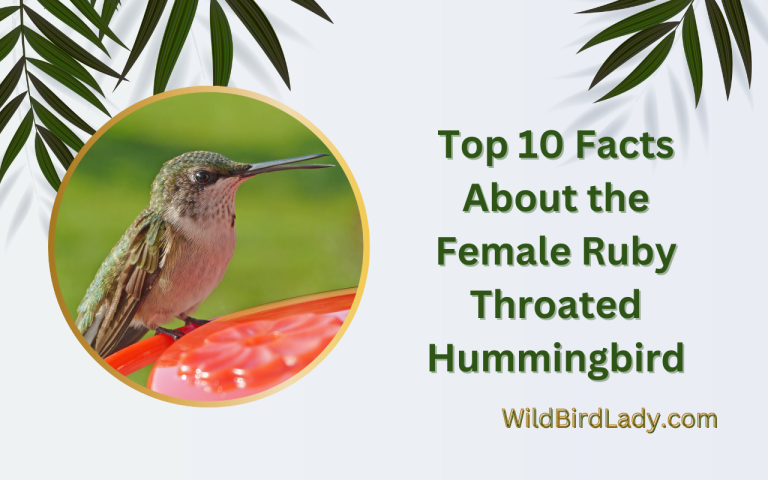Where Do Woodpeckers Live? A Deep Look at Their Habitats Across the Globe
There’s something timeless about the echo of a woodpecker in the wild. Over the past 13 years as a birdwatcher, I’ve followed these drumming birds through thick forests, quiet suburban parks, and even dry desert groves. And the question I hear most often from beginners is a simple one: Where do woodpeckers live?
The answer, it turns out, is wonderfully complex.
Woodpeckers are incredibly adaptable birds, found on nearly every continent except Australia and Antarctica. But each species has its own habitat preferences, ranging from dense North American woodlands to arid grasslands and tropical rainforests.
In this article, we’ll explore the diverse habitats of woodpeckers in general, and then dive deeper into the specific homes of five notable species: Pileated, Acorn, Red-headed, and Black Woodpeckers.
So, Where Do Woodpeckers Live?
Let’s begin with the general overview.
Woodpeckers belong to the family Picidae, and their homes span a surprising range of environments. According to the Cornell Lab of Ornithology, there are over 230 species of woodpeckers worldwide, and their habitats include:
- Temperate and tropical forests
- Urban parks and suburban yards
- Pine barrens and savannahs
- Mountain slopes and highlands
- Wetlands and riverbanks
While most woodpeckers prefer wooded habitats—where they can nest in trees and forage under bark—some species are bold generalists. They’ve adapted to man-made structures, fence posts, orchards, and even buildings.
What unites them isn’t location, but behavior. Woodpeckers require:
- Vertical surfaces for drumming and nesting
- Trees or structures with insect activity or soft wood
- Territory space for mating and defense
Now let’s explore the habitats of some of the most iconic species in North America and beyond.
Where Do Pileated Woodpeckers Live?
The Pileated Woodpecker (Dryocopus pileatus) is one of the largest woodpeckers in North America, and among the most striking—with its bold red crest and haunting, jungle-like calls.
Habitat
Pileated Woodpeckers favor mature forests with large, standing dead trees (known as “snags”) for nesting and feeding. You’ll often find them in:
- Deciduous or mixed hardwood forests
- Swampy bottomlands
- Coniferous woodlands
They are especially common in the eastern United States, southern Canada, and parts of the Pacific Northwest.
According to All About Birds, pileated woodpeckers can also adapt to suburban parks and backyards—as long as old trees and sufficient cover are available.
Fun Fact
Their rectangular holes, often the size of a fist, are a clear sign of their presence. If you see bark scattered at the base of a dead tree, a pileated might be near.
Where Do Acorn Woodpeckers Live?
The Acorn Woodpecker (Melanerpes formicivorus) is one of the quirkiest and most social species in the woodpecker world. It’s famous for its “granaries”—trees or poles drilled full of holes to store thousands of acorns.
Habitat
Acorn Woodpeckers are native to the western United States, especially in:
- Oak woodlands of California and the Southwest
- Mountainous pine-oak forests in Arizona, New Mexico, and Texas
- Parts of Mexico and Central America
As the name suggests, these birds rely heavily on oak trees not only for acorn storage but also for nesting cavities and foraging.
According to Audubon Field Guide, they prefer elevation ranges from 1,000 to 7,000 feet, but may appear at lower elevations in hilly terrain where oaks dominate.
Social Behavior
Unlike most woodpeckers, Acorn Woodpeckers live in cooperative family groups—up to a dozen individuals sharing a single territory and granary.
Where Do Red-Headed Woodpeckers Live?
With their crimson heads, snow-white bellies, and sharp black-and-white wings, Red-headed Woodpeckers (Melanerpes erythrocephalus) are a joy to spot. But sadly, they’ve become less common in parts of their range.
Habitat
Red-headed Woodpeckers inhabit a variety of open and semi-open landscapes:
- Oak savannas and pine woodlands
- Farmland with scattered trees
- Forest edges and groves
- Riparian corridors
They are most prevalent in the central and eastern United States, especially in Mississippi Valley floodplains, Midwest grasslands, and Appalachian foothills.
One thing they absolutely need? Dead or dying trees. These provide both nesting cavities and insect-rich bark for feeding.
According to the U.S. Forest Service, habitat loss due to urban development and fire suppression has significantly reduced suitable habitat for this species.
Conservation Status
Red-headed Woodpeckers are listed as Near Threatened on the IUCN Red List. Supporting conservation practices—like preserving dead trees and managing oak savannas—can help protect their future.
Where Do Black Woodpeckers Live?
Now let’s head overseas.
The Black Woodpecker (Dryocopus martius) is the Eurasian counterpart to the Pileated. Jet-black with a red crown (males) or red nape (females), it is the largest woodpecker species in Europe and parts of Asia.
Habitat
Black Woodpeckers are forest specialists. Their preferred habitats include:
- Old-growth coniferous forests
- Mixed beech and pine woodlands
- Mountainous and alpine regions of Central and Eastern Europe
They are found across a wide range, including:
- Scandinavia and Central Europe
- The Caucasus
- Parts of Russia, China, and Japan
These birds require extensive tracts of forest with soft, decaying trees for nesting and foraging. Their booming calls and massive oval holes are unmistakable signs of their presence.
Fun Fact
The Black Woodpecker plays a vital ecological role by creating nesting cavities for owls, bats, and even martens—making it a true forest architect.
Where Do Woodpeckers Live in Urban Areas?
Not all woodpeckers demand pristine wilderness. Several species, including:
- Downy Woodpeckers (Picoides pubescens)
- Hairy Woodpeckers (Leuconotopicus villosus)
- Northern Flickers (Colaptes auratus)
have adapted well to urban and suburban habitats. You’ll find them in:
- City parks and golf courses
- Tree-lined streets and neighborhoods
- Cemeteries and old orchards
- Backyard feeders with suet or peanut butter
Urban woodpeckers often nest in utility poles or wooden fence posts when trees aren’t available. They may even drum on metal signs or gutters during the breeding season to amplify their calls.
A Note on Global Distribution
While most people associate woodpeckers with North America, these birds have a truly global reach:
| Continent | Examples of Native Species |
|---|---|
| North America | Pileated, Red-headed, Acorn, Gila, Downy |
| South America | Campo Flicker, Lineated Woodpecker |
| Europe | Black Woodpecker, Great Spotted Woodpecker |
| Asia | White-backed, Grey-headed, Himalayan species |
| Africa | Bearded Woodpecker, Cardinal Woodpecker |
According to BirdLife International, woodpeckers are absent from Madagascar, Australia, New Zealand, and polar regions—but can be found nearly everywhere else.
Summary Table: Where Different Woodpeckers Live
| Woodpecker Species | Primary Habitat | Geographic Range |
|---|---|---|
| General Woodpeckers | Forests, parks, savannas | Worldwide except Antarctica & Australia |
| Pileated Woodpecker | Mature forests, wetlands | Eastern U.S., Pacific Northwest, Canada |
| Acorn Woodpecker | Oak woodlands, mountains | Western U.S., Mexico, Central America |
| Red-headed Woodpecker | Grasslands, forest edges | Central & Eastern U.S. |
| Black Woodpecker | Old-growth European forests | Europe, Asia |
| Urban-adapted species | City parks, backyards, suburbs | North America |
Final Thoughts from the Field
In all my years following these incredible birds, one lesson stands out: habitat is everything. Whether it’s a giant Pileated hammering in an Appalachian forest, or a chirpy Downy tapping in a city park, woodpeckers thrive when given the right combination of trees, space, and insects.
So next time you hear that familiar tapping, take a moment to observe. What kind of tree is it? What season? What species?
By asking “where do woodpeckers live,” we’re really asking where life is still wild enough to support them. And when we protect those spaces—be it a forest grove or an old backyard maple—we protect a bit of nature’s rhythm.
—
FAQ: Where Do Woodpeckers Live?
Q: Can woodpeckers live in cities?
A: Yes. Several species like Downy and Hairy Woodpeckers have adapted well to urban and suburban areas.
Q: Do woodpeckers migrate?
A: Some do. Northern Flickers and Red-headed Woodpeckers migrate seasonally, while others remain year-round residents.
Q: Where do woodpeckers build their nests?
A: Most build cavity nests inside dead or decaying trees. Some species use fence posts or utility poles if trees aren’t available.
Q: Why are dead trees important for woodpeckers?
A: Dead trees (snags) are easier to excavate and often full of insects—providing both food and shelter.
Q: Are any woodpeckers endangered due to habitat loss?
A: Yes. Species like the Red-headed Woodpecker are declining due to loss of suitable habitat.
—
Want to Learn More?
If you enjoyed this article, check out my other pieces:







